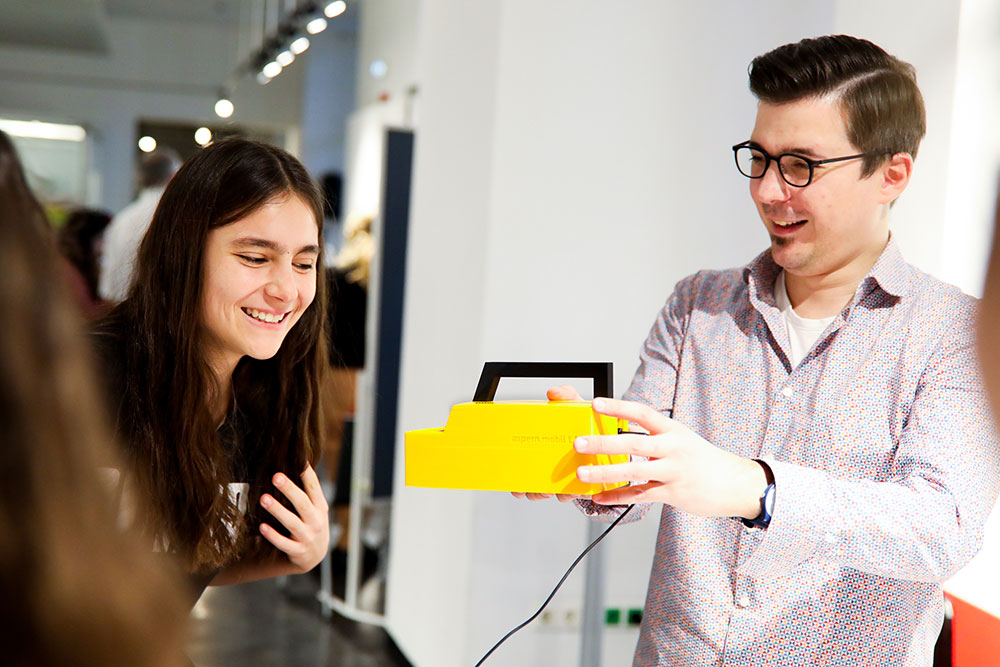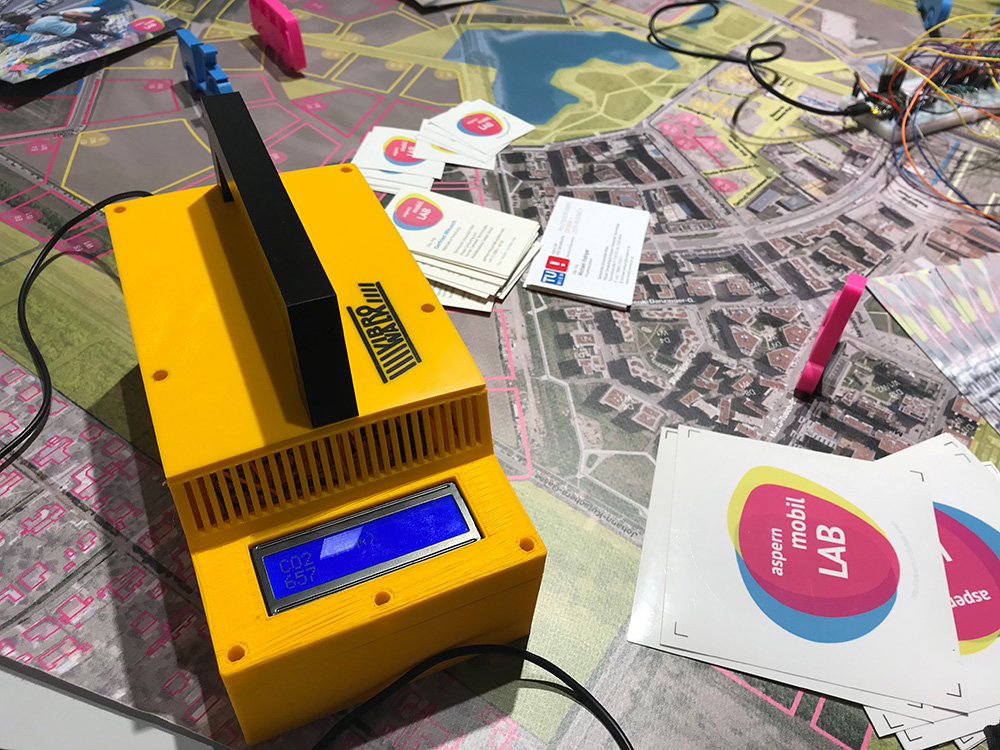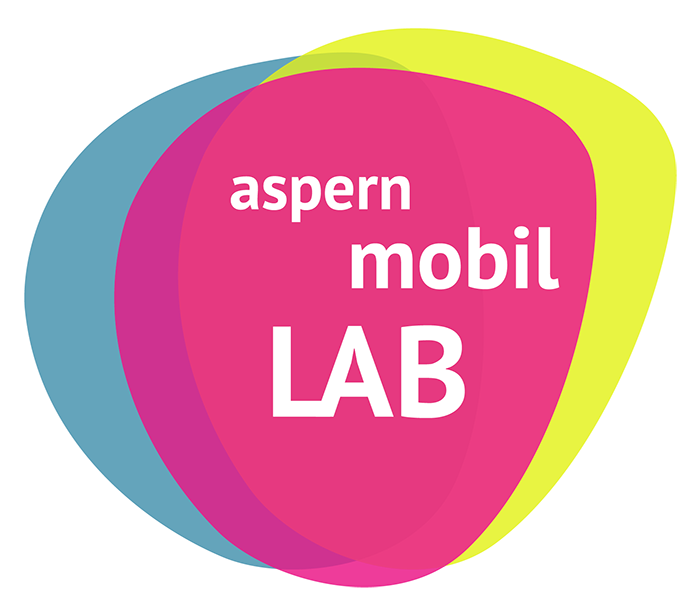Vibro-Walk
Making CO2 levels tangible
How high is the CO2 pollution on my way to work, on my balcony or on the street when I cycle to school?
Vibro-Walk makes it possible to measure the CO2 levels in the immediate vicinity in a low-threshold way and to experience these levels directly through tangible feedback. The idea behind it: create awareness, trigger reflection!

© Christian Fürthner
Vibro-Walk consists of a mobile sensor and a microcontroller that activates a worn vibration waistcoat less or more depending on the measured CO2 concentration: the higher the CO2 level, the stronger the vibration. With this approach, environmental influences that are difficult or even impossible to perceive are made clearly perceptible. In addition to the CO2 concentration, the position is stored so that the recorded data can be displayed online in the future, for example on a map.
Why vibration? Many environmental influences per se are not directly perceptible, and measured values in the form of numbers may be too abstract. For example, we usually only notice how cold -10 °C really feel when we go outside and not when we read the outdoor thermometer in a warm flat. Vibro-Walk is supposed to provide a similar “aha” experience with CO2 concentrations.

© aspern.mobil LAB
CO2 concentrations are measured in ppm, i.e. parts per million. With a value of 1400 ppm, this means that of 1 million volume particles in the air, 1400 are CO2 volume particles. It is difficult to assess whether this concentration is too high and whether this is a value at which an interior should already be ventilated. In order to make such CO2 values perceptible, feedback in the form of vibrations was an obvious choice. By wearing a vibration waistcoat, however, the vibration is not limited to a small area, as one is already used to from a smartphone, for example, but makes it a whole-body experience. This deliberate intrusiveness invites you to think! Vibro-Walk is not intended to replace calibrated air measuring stations, but aims to show in a surprisingly different way what the air quality is like in our everyday lives.







